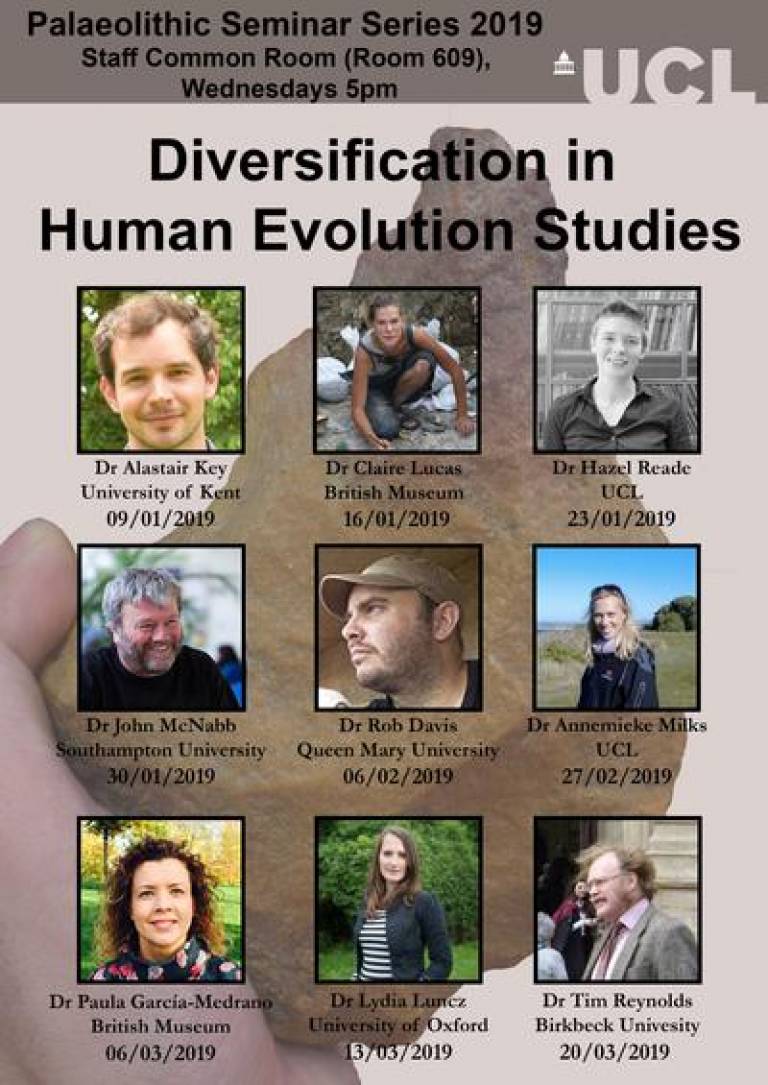Who are you calling Neanderthal? Neanderthal 'humanity' and Recent Work at Shanidar cave, Iraq
20 March 2019, 5:00 pm–6:00 pm

Tim Reynolds (Birkbeck) will give the final seminar in the new series on Diversification in Human Evolution Studies at the UCL Institute of Archaeology on 20 March.
This event is free.
Event Information
Open to
- All
Availability
- Yes
Cost
- Free
Organiser
-
Tomos Proffitt – Institute of Archaeology
Location
-
609Institute of Archaeology31-34 Gordon SquareLondonWC1H 0PYUnited Kingdom
Abstract
Shanidar Cave in Iraqi Kurdistan has been an iconic site in Neanderthal archaeology ever since Ralph Solecki found one of the largest collections of Neanderthal skeletal remains (c.10 men, women and children) there in his 1951-1960 excavations. He thought that some of the Neanderthals had been killed by rockfall but that others had been buried with elaborate rituals, including one with flowers. This was published in 1971 under the title 'The First Flower People'. These and similar discoveries have long been disputed, some scholars arguing that all cases of Neanderthal 'funerary rituals' can be explained by natural sedimentary processes but others arguing that many should be classified as proper burials in the modern sense. New excavations in 2015-2017 in the principal zone where Solecki found Neanderthals have found well-preserved Neanderthal skeletal remains relating to the Solecki findings. Equally important was the discovery of an early Upper Palaeolithic industry Solecki called the Baradostian. This industry resembles the Aurignacian and is found in Western Iran as well as at Shanidar. There was no Middle to Upper Palaeolithic transition at Shanidar as Solecki believed there to be a hiatus between the two following a major rockfall but there have been claims for an in situ development of the Baradostian (Or Zagros Aurignacian) from the Zagros Mousterian. Recent work has examined the rockfall(s) and is increasing our knowledge of the nature of the Baradostian and its potential origin. The results of an extensive dating programme which will 'fix' the evidence into the regional picture better are, however, still awaited. This presentation will review the preliminary evidence for the Baradostian and Neanderthal behaviour.
Any enquiries about the event may be directed to Tomos Proffitt.
 Close
Close

